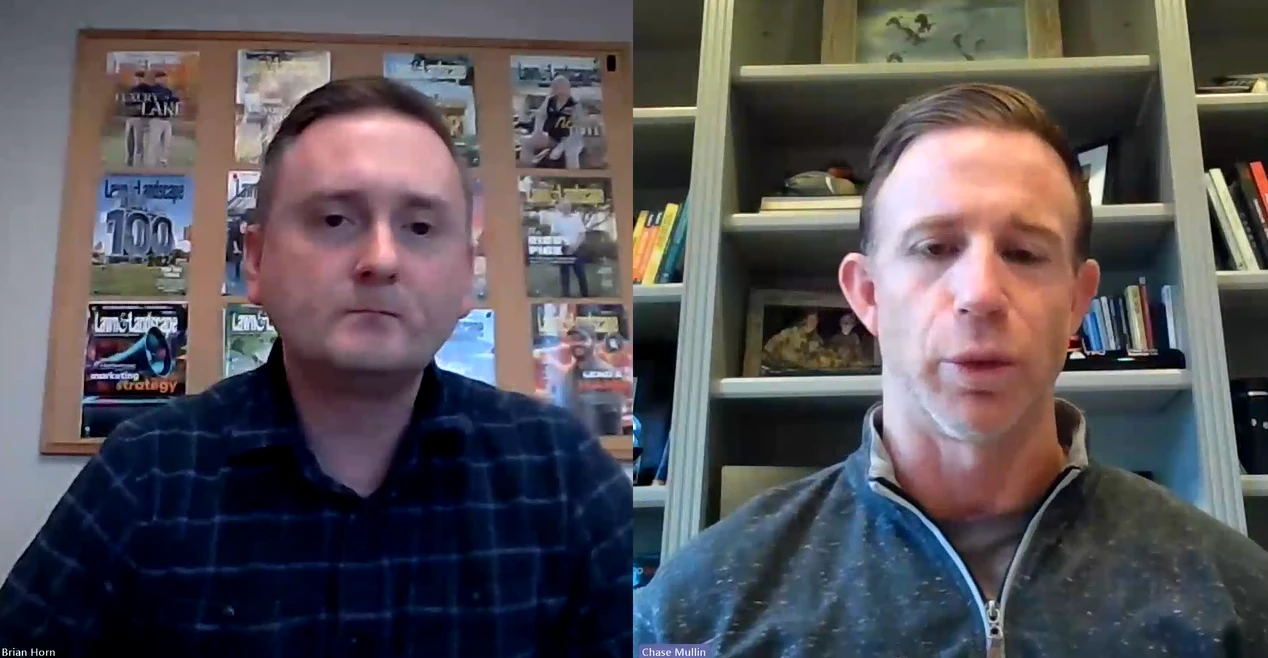.jpg)
BUFFALO GROVE, Ill. – Kankakee, Ill.-based Riverside Medical Center, named one of the nation's 100 Top Hospitals four years in a row by Thomson Reuters, unveiled the installation of a large eco-friendly vegetative living green roof system in celebration of the hospital's commitment to environmental stewardship and the launch of the hospital's East Tower.
The planting system and vegetation on the living roofs act as insulation and will reduce heating and cooling costs by as much as 20 percent. The installation of this green roof at Riverside Medical Center provides patients, visitors and employees with an ever changing landscape canvas atop a rooftop space that was previously barren. This green roof system was designed and installed by Ambius.
"Riverside Medical Center is committed, not only to the best possible care of our patients, but to also help take care of the planet and reduce our carbon footprint," said Phillip M. Kambic, president and CEO of Riverside Medical Center. "The green roof was designed to help make a positive difference today and for future generations. Patients, visitors and staff will now have an aesthetically pleasing view, rather than that of an unappealing white roof."
"Riverside Medical Center's new living green roof is not just an attractive biological alternative to a dead roof," said Denise Eichmann, Ambius project development North America senior project manager. "This living roof encourages a different way of thinking altogether. Installing green roofs is about ensuring a commitment to address the most pressing environmental issues of our time – climate change, energy efficiency and sustainability.
"Living roofs were commonly found on the sod houses of the American prairie but in recent decades, architects, builders and city planners have turned to green roofs for their beauty and practicality," adds Eichmann. "Green roofs have the ability to mitigate environmental extremes common on conventional roofs. When rain falls on a conventional roof, it sheets off and floods into storm drains – unabsorbed, unfiltered and undeterred. A living roof works the way a meadow does by absorbing water, filtering it, slowing it down and even storing some of it for later use. This ultimately helps reduce the threat of sewer overflows, extends the life of a city's drain system and returns cleaner water to the surrounding watershed."
 | The Garden Center Conference & Expo, presented by Garden Center magazine, is the leading event where garden retailers come together to learn from each other, get inspired and move the industry forward. Be sure to register by April 17 to get the lowest rates for the 2025 show in Kansas City, Missouri, Aug. 5-7.
|
Latest from Lawn & Landscape
- Visterra Landscape Group acquires Cleveland-based H&M Landscaping
- SiteOne names Carrothers VP of agronomic business development
- Batman and business
- Ever-changing landscape of SEO
- Fleetio acquires Auto Integrate, raises $450M in Series D funding
- Davey Tree expands in St. Paul, promotes Ostlie to district manager
- Schill Grounds Management taps 3 for senior leadership roles
- HD Hyundai Construction Equipment North America adds to wheeled excavator lineup







